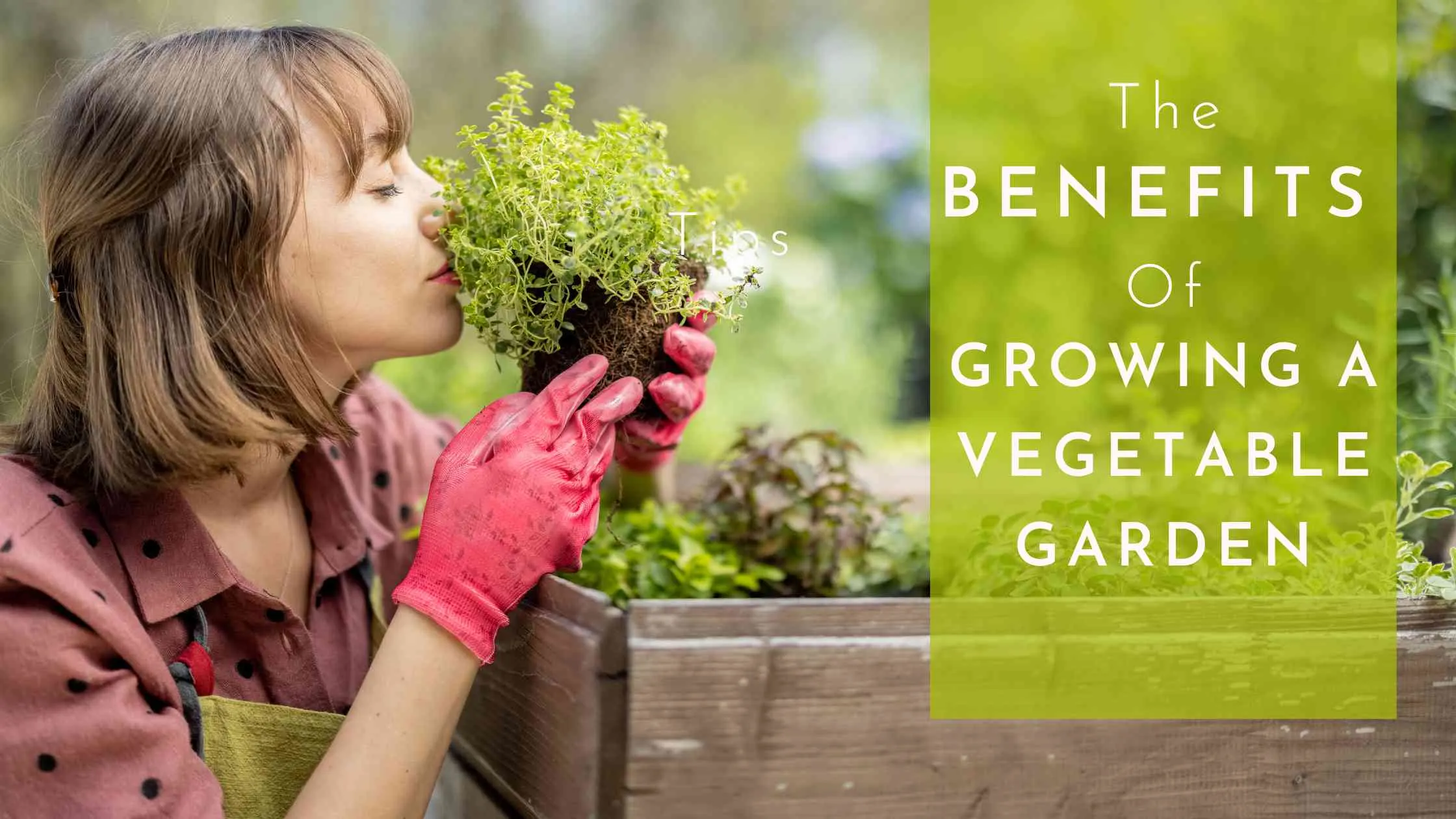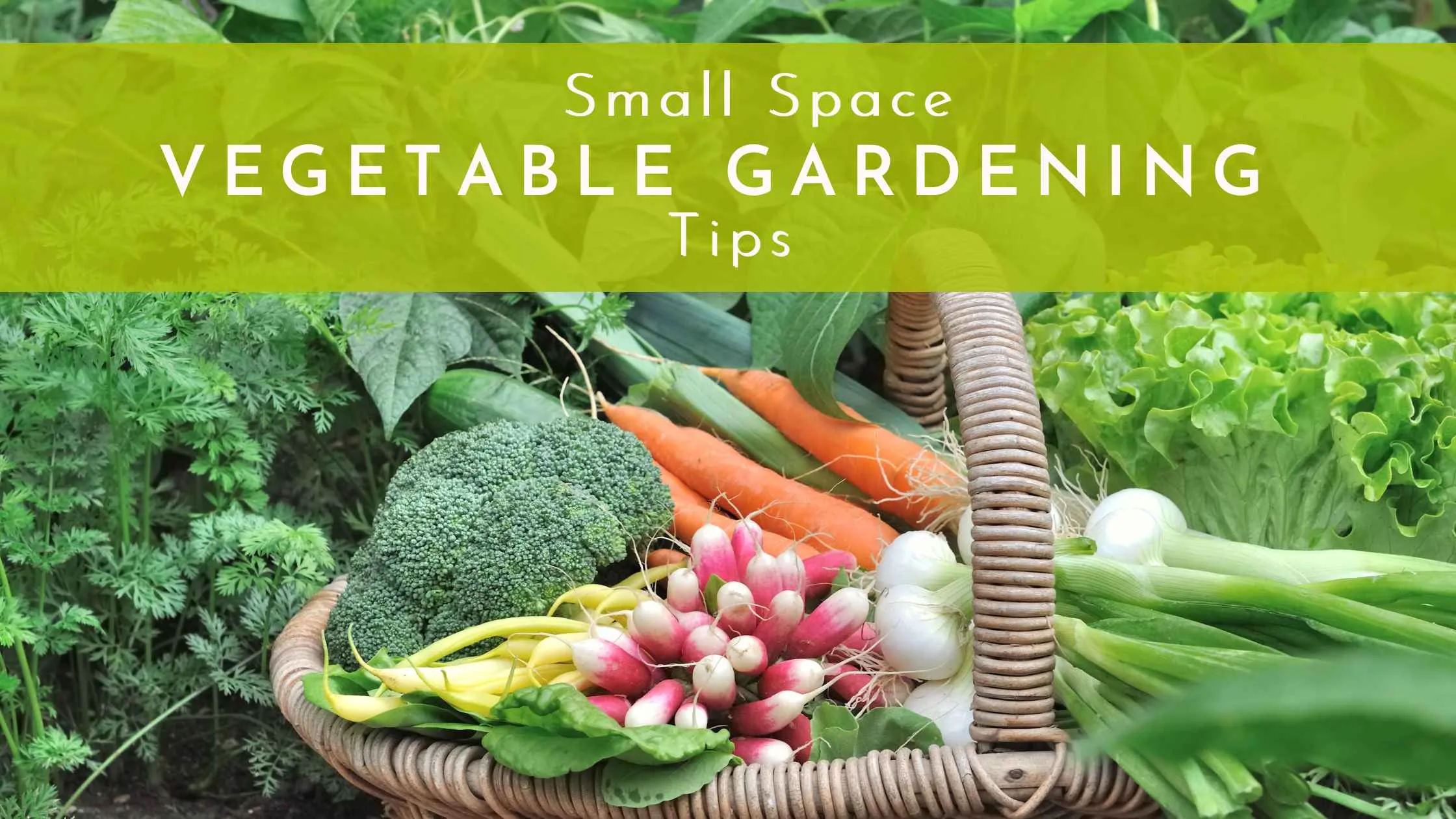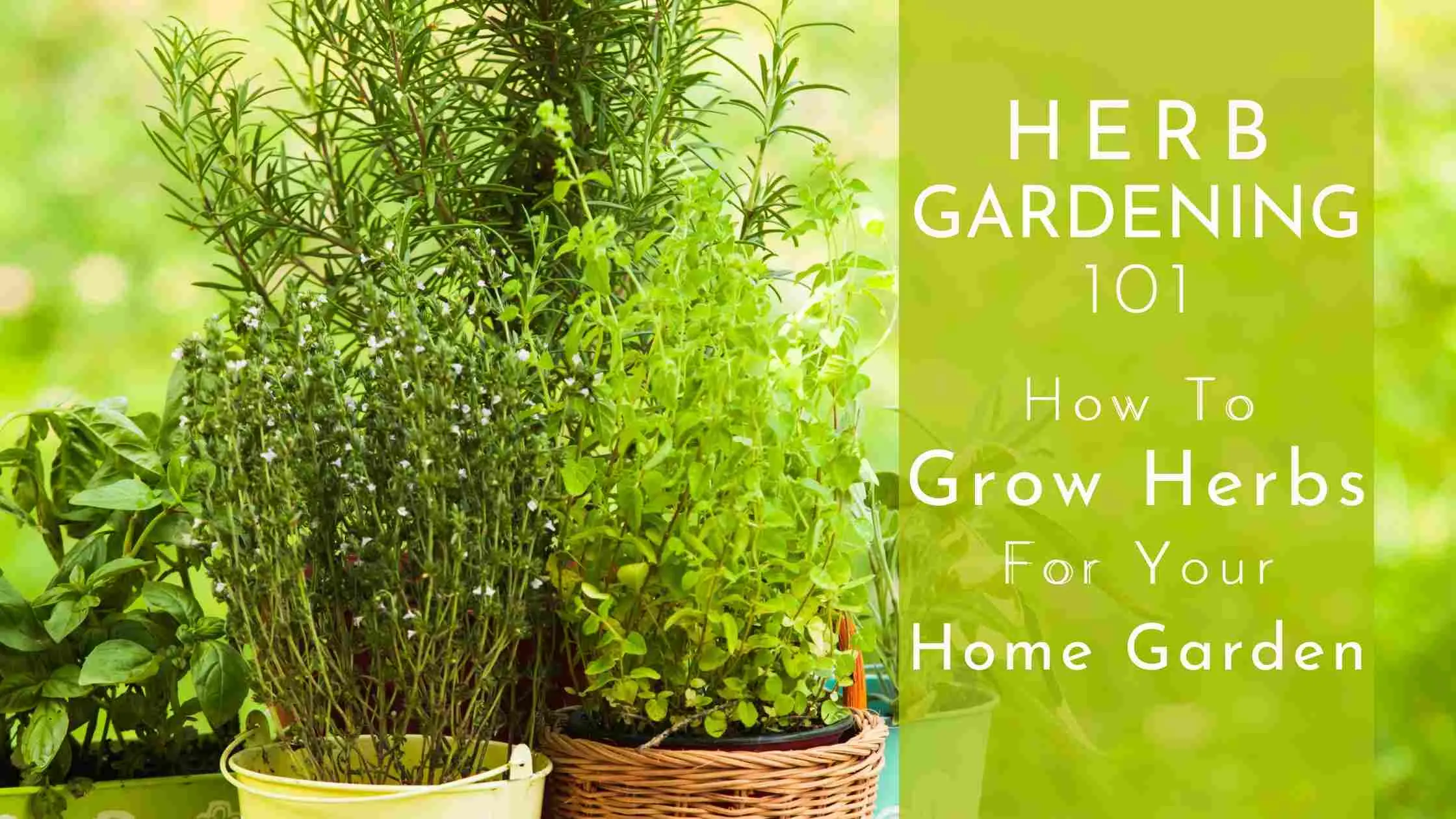Black-eyed Susan: A Guide to Rudbeckia hirta
When it comes to brightening up a garden space with minimal effort, few plants can match the charm and resilience of the Black-eyed Susan (Rudbeckia hirta). Native to North America and particularly well-suited to the climate of Brampton, Ontario, this delightful flower is a favorite among gardeners and pollinators alike.
In this comprehensive guide, we will explore the various aspects of growing and caring for Black-eyed Susans, delve into their botanical characteristics, and discuss their ecological benefits.
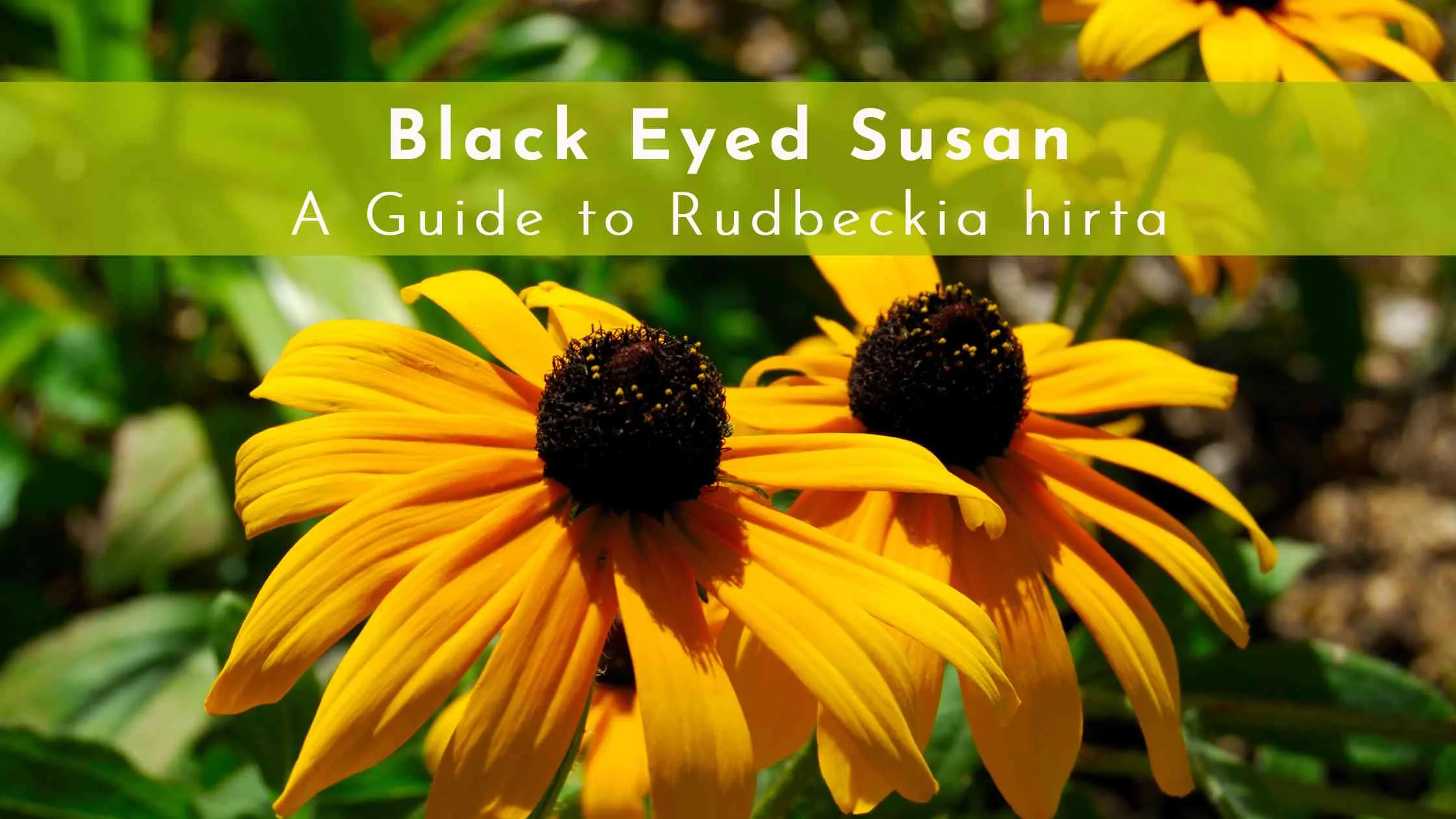
Botanical Overview
Family: Asteraceae
Genus: Rudbeckia
Species: R. hirta
The Black-eyed Susan belongs to the Asteraceae family, also known as the daisy or aster family. This is one of the largest families of flowering plants, encompassing over 23,000 species, including well-known varieties such as sunflowers, asters, and daisies. The genus Rudbeckia is named after Olaus Rudbeck, a Swedish botanist, and includes about 25 species, most of which are native to North America.
Physical Characteristics
What do Black-eyed Susans look like? Black-eyed Susan is easily recognizable by its distinctive flowers. The bright yellow petals surround a dark brown or black central cone, giving the flower a striking appearance. Each flower head is typically 2 to 3 inches in diameter, and the plant itself can grow between 1 and 3 feet tall, depending on the growing conditions.
- Leaves: The leaves of the Black-eyed Susan are rough and hairy, ranging from lance-shaped to oval, and are arranged alternately along the stem.
- Stems: The stems are sturdy and also covered in coarse hairs, helping the plant to withstand wind and rain.
Growing Conditions
Black-eyed Susans are known for their hardiness and adaptability, making them an excellent choice for both novice and experienced gardeners. Here are the ideal growing conditions for this cheerful flower:
Light
Black-eyed Susans thrive in full sun, which means they require at least 6 hours of direct sunlight each day. While they can tolerate partial shade, too much shade can result in fewer blooms and leggy growth.
Soil
These plants are not particularly fussy about soil and can grow in a variety of soil types, including clay, loam, and sandy soils. However, they prefer well-draining soil with a neutral to slightly acidic pH (6.0 to 7.0). Good drainage is essential to prevent root rot, especially in areas with heavy rainfall.
Water
Black-eyed Susans are relatively drought-tolerant once established. Water newly planted Black-eyed Susans regularly until they become established. After that, they only need watering during prolonged dry periods. It's important to water at the base of the plant to keep the leaves dry and reduce the risk of fungal diseases.
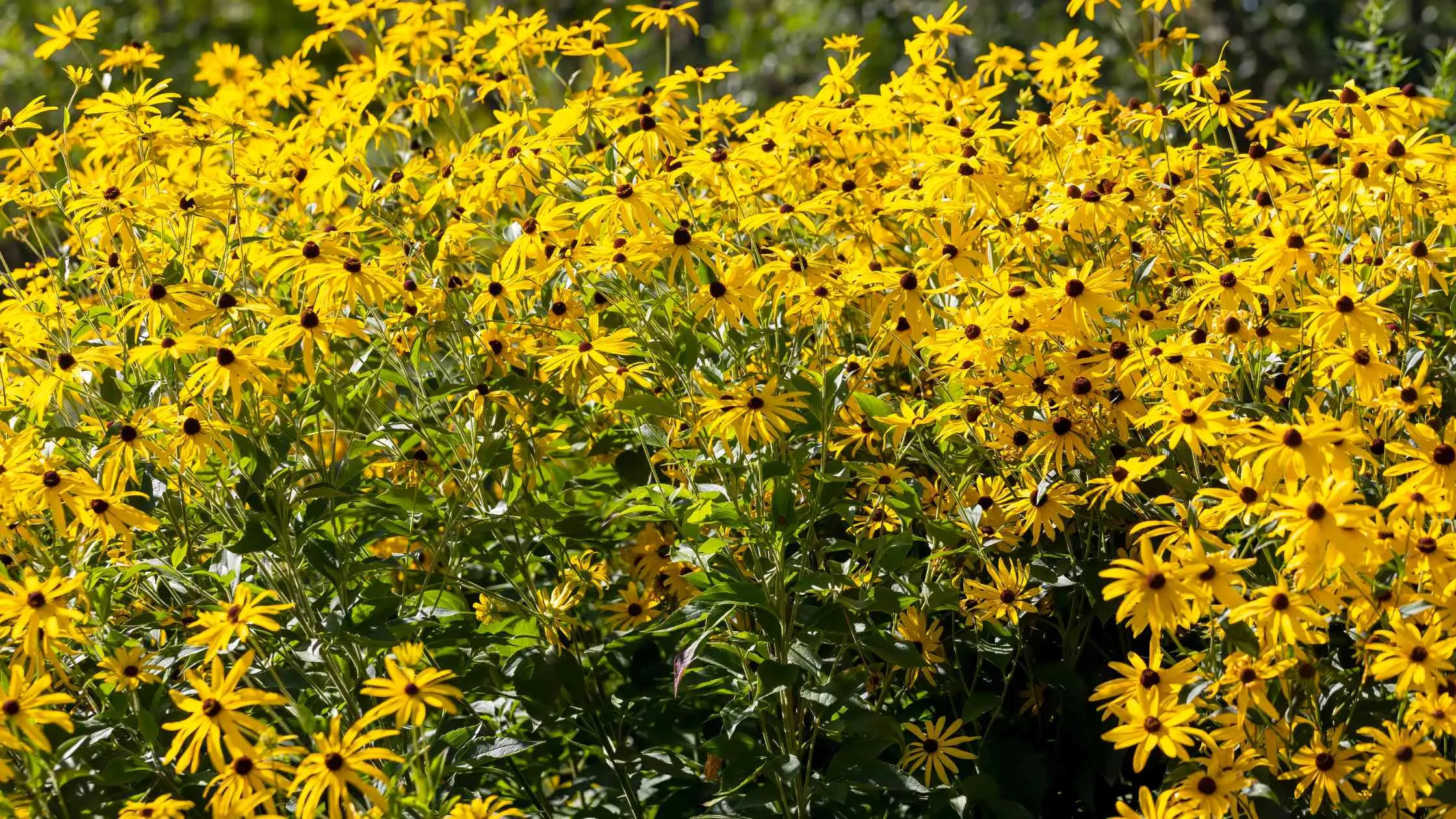
Planting and Propagation
Planting from Seeds
One of the most rewarding ways to grow Black-eyed Susans is from seeds. Here’s how to get started:
- Timing: Sow seeds in the spring or early fall. If starting indoors, plant seeds about 6-8 weeks before the last frost date.
- Site Preparation: Choose a sunny spot in your garden and prepare the soil by loosening it and removing any weeds or debris.
- Sowing: Scatter the seeds on the soil surface and lightly press them into the soil. Cover them with a thin layer of soil or compost.
- Watering: Keep the soil consistently moist until the seeds germinate, which typically takes 7-14 days.
Transplanting
If starting seeds indoors, transplant seedlings to the garden after the danger of frost has passed. Space the plants about 12-18 inches apart to ensure good air circulation, which helps prevent disease.
Division
Black-eyed Susans can also be propagated by division. Every 3-4 years, divide the clumps in early spring or fall to rejuvenate the plants and promote better blooming.
Care and Maintenance
Black-eyed Susans are low-maintenance plants, but a little care can go a long way in keeping them healthy and vibrant.
Deadheading
Removing spent flowers, or deadheading, encourages the plant to produce more blooms and prevents self-seeding if you don’t want them to spread too much. Simply snip off the faded flowers just above the next set of leaves.
Fertilizing
These plants don’t require a lot of fertilization. Too much fertilizer can lead to excessive foliage growth at the expense of flowers. A light application of compost or a balanced, organic fertilizer in the spring is usually sufficient.
Pest and Disease Management
Black-eyed Susans are relatively resistant to pests and diseases, but they can occasionally be affected by:
- Aphids: Small, sap-sucking insects that can be controlled with insecticidal soap or a strong spray of water.
- Powdery Mildew: A fungal disease that appears as a white, powdery coating on the leaves. Ensure good air circulation and avoid overhead watering to prevent it.
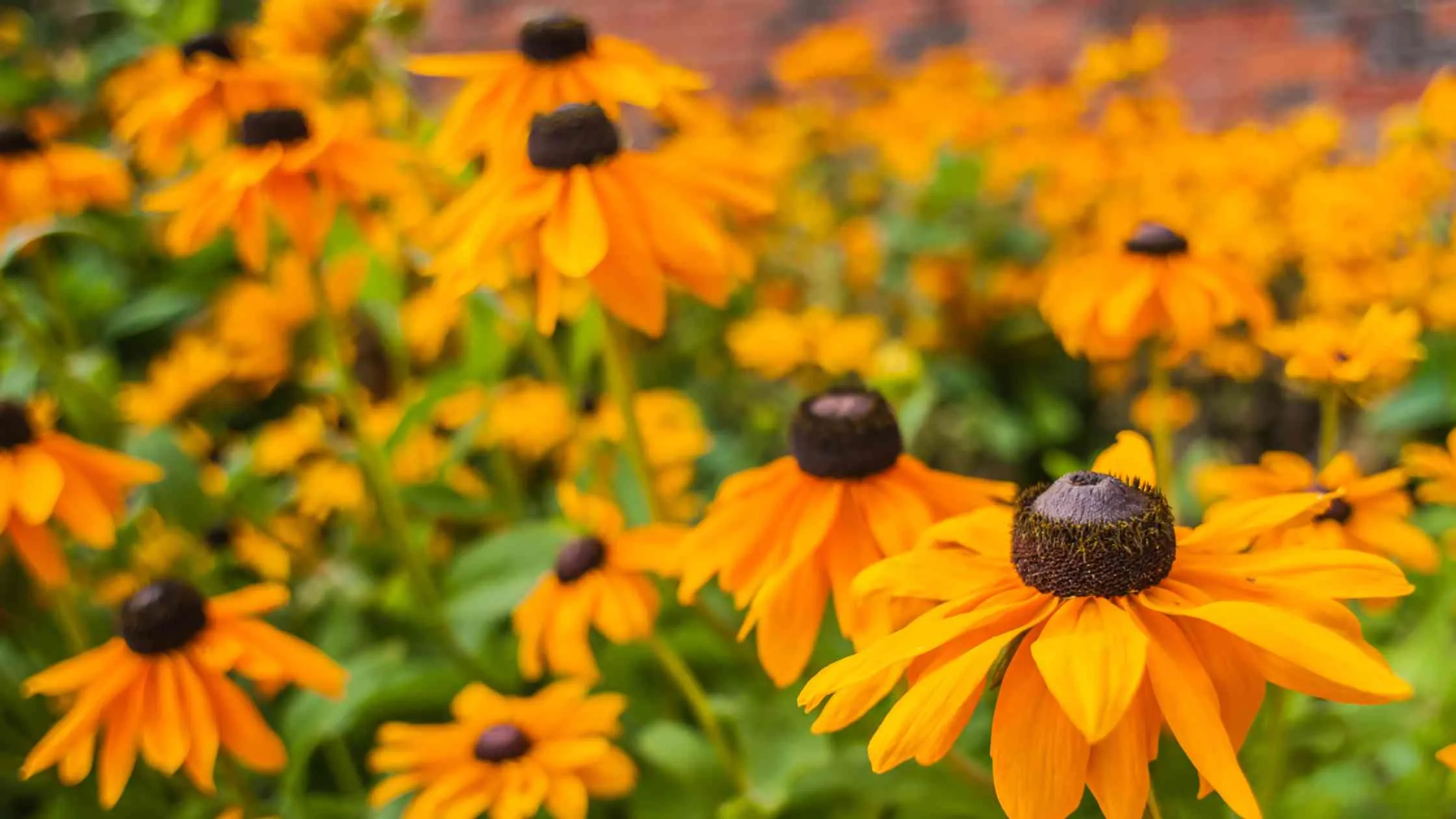
Ecological Benefits
One of the greatest advantages of growing Black-eyed Susans is their ecological impact. These flowers are a valuable resource for local wildlife, including bees, butterflies, and birds.
Attracting Pollinators
Black-eyed Susans are a magnet for pollinators. Their bright, daisy-like flowers are particularly attractive to bees and butterflies, which play a crucial role in pollination. By planting Black-eyed Susans, you are providing a vital food source for these important insects.
Supporting Birds
In the fall, the seed heads of Black-eyed Susans provide a food source for birds, such as goldfinches. Allowing some of the flowers to go to seed will attract birds to your garden and provide them with nourishment during the colder months.
Companion Planting
Black-eyed Susans pair well with a variety of other plants, creating beautiful and beneficial garden combinations. Here are some great companions:
- Echinacea (Coneflowers): Both plants have similar growing requirements and bloom around the same time, creating a stunning display.
- Monarda (Bee Balm): Another pollinator favorite, Bee Balm adds a splash of color and attracts bees and butterflies.
- Gaillardia (Blanket Flower): With its vibrant, daisy-like flowers, Gaillardia complements the yellow blooms of Black-eyed Susans.
Designing with Black-eyed Susans
Black-eyed Susans are incredibly versatile and can be used in various garden settings:
Wildflower Gardens
Their natural, unrefined look makes them perfect for wildflower or meadow gardens. Combine them with other native wildflowers to create a low-maintenance, pollinator-friendly garden.
Cottage Gardens
Their cheerful blooms fit right into the informal, romantic style of cottage gardens. Mix them with other classic cottage plants like roses, foxgloves, and hollyhocks.
Borders and Edges
Plant Black-eyed Susans along the edges of garden beds or borders to create a bright, eye-catching display. Their upright growth habit and sturdy stems make them excellent for adding height and structure.
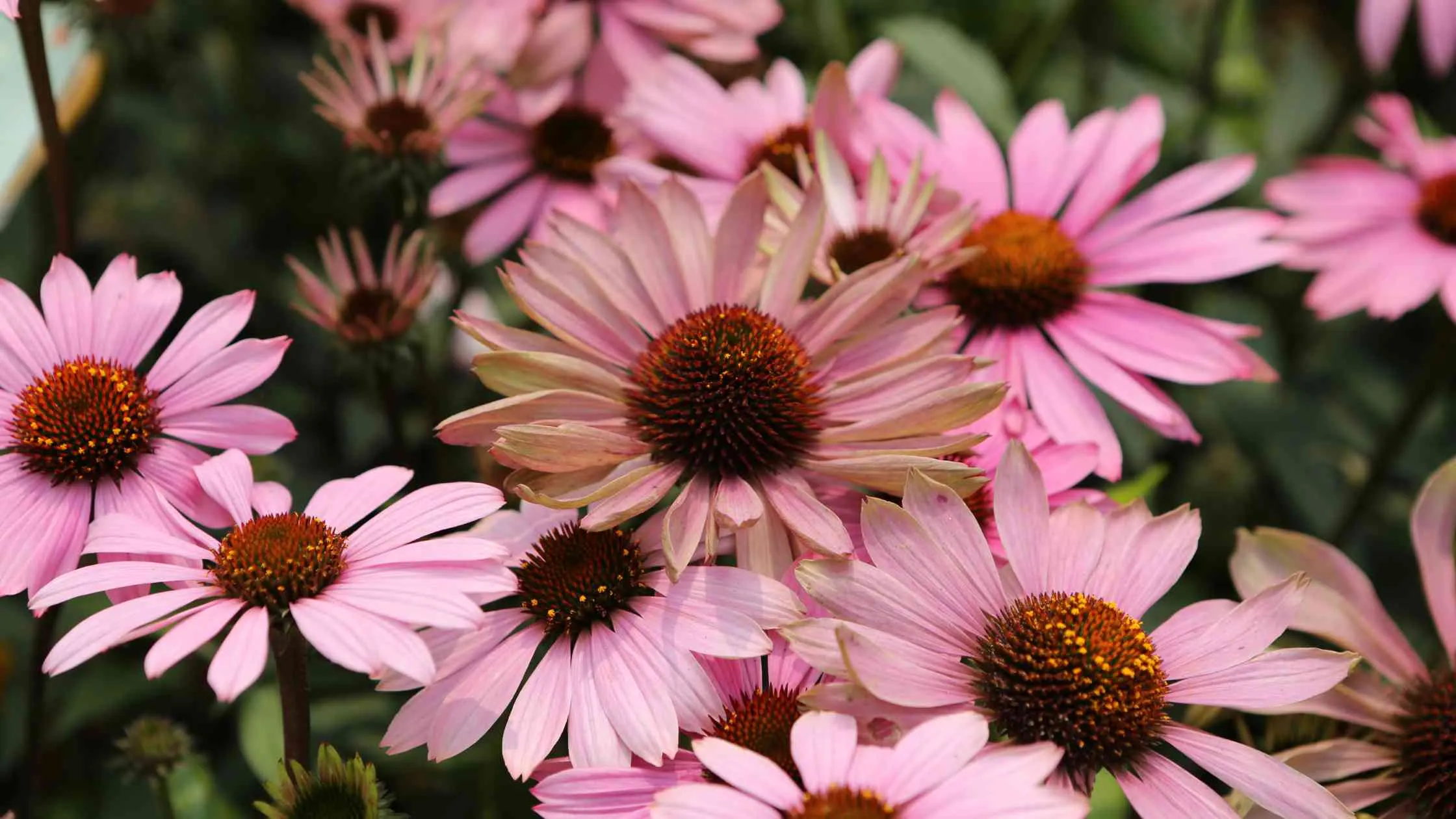
Seasonal Interest
Black-eyed Susans offer interest throughout the growing season:
- Spring: The basal rosettes of leaves emerge, adding green to the garden.
- Summer: The plants burst into bloom, providing a vibrant display of yellow flowers.
- Fall: The seed heads add texture and interest, and provide food for birds.
Conclusion
Incorporating Black-eyed Susans into your garden is a wonderful way to add color, attract pollinators, and support local wildlife. Their bright, cheerful flowers are easy to grow and maintain, making them a perfect choice for gardeners of all levels. Whether you’re looking to create a wildflower garden, a cottage garden, or simply want to add a splash of yellow to your borders, Black-eyed Susans are a versatile and rewarding option.
By planting Black-eyed Susans, you are not only enhancing the beauty of your garden but also contributing to the health of your local ecosystem. So why not grab some seeds or plants and start growing these delightful flowers today? Your garden, and the pollinators, will thank you!


